Independent RPG Month: Week Two Recommendations
This week has everything from Lifeguards to Runelords
As I mentioned last Wednesday, Professor Dungeon Master announced that July was going to be Independent Tabletop RPG Month on his YouTube channel.
Professor Dungeon Master wants us to avoid discussing the World’s Largest Role Playing Game and to focus on independent creators. I think the fact that my DriveThruRPG library currently has 7,483 pdfs demonstrates that I am an ardent supporter of independent RPGs.
Before you ask, no I haven’t read all of them. I agree with Umberto Eco that the books we own aren’t just for us to read, but are also there for us to be able to use for research if we should ever need them. Nassim Taleb called this kind of collection an “antilibrary,” but I think that’s a misnomer. I think that the traditional term of library is the right word and that the neologism minimizes the concept and forgets what libraries are for. We don’t go to the city or university library to find things we’ve already read, we go there to find things we want to read or need for research. If you can afford to turn your home into a library, then you should do it as much as you can. I also believe that you should share your library with others and be ready to share it with posterity. My shelves at home are filled with books upon books. I’ve read many, but not all. Even in my office at work there are books I haven’t read, though those are there specifically because I know they contain information I might have to reference. It’s more likely that I’ve read the entirety of my copy of The New S Language (a book containing an old programming language that became the basis for the modern language R) than my copy of The R Cookbook. It’s not only more likely, it’s the actual truth. I read one out of curiosity of the history, but I’ve only read snippets of the second as I’ve needed them.
I treat my DriveThruRPG library in a similar way. Some of the games I’ve read repeatedly and deeply, usually after either printing them out or buying a print version. The rest serve as reference documents that I go to when looking for new or old ideas. I’m not likely to play Sir Pellinore’s Game, but I will eventually write a blog post about old Fantasy Heartbreakers and then I’ll need that copy. So it waits in my virtual bookshelf until the day of that article comes.
All of which is to say that I support indie creators for a variety of reasons, including that I might want to use their designs for research or reference at a later point.
As was true last week, I am going to be serious in promoting things different from the familiar paths of “d20+ability+proficiency bonus vs target number.” None of the games on this list will be D&D retroclones or D&D with only a small change. I am a big fan of Fantasy Heartbreakers in general, they don’t break my heart, as they are a demonstration of incremental game design, but I want to look at other systems entirely. I will likely still mention retroclones and Fantasy Heartbreakers in my recommendation descriptions, as I did last week in the Savage Worlds recommendation with Pathfinder, but detailed descriptions and reviews will have to wait for August and every other month of the year.
My official criteria for what constitutes an Independent RPG are:
That the game is not produced by Wizards of the Coast/Hasbro
That the game is not a D&D clone or directly D&D adjacent.
The game must be currently available for purchase in either print or pdf form from a legal seller.
I had considered excluding Games Workshop inspired RPGs as well, but after thinking about it I decided against excluding them for two reasons. Games Workshop may itself be large, but it hasn’t published RPGs itself in decades and the companies that do publish Warhammer based games are not power house publishers with armies of attorneys. Rather they are well run smaller companies composed of talented superfans (and sometimes former employees) of Games Workshop. To see if I was thinking along the right lines, I ran a Twitter survey and my small number of respondents seemed to be thinking along the same lines.
Before we jump into this week’s list of games, here is a rundown of the games from Week 1.
July 1 — Tunnels and Trolls
July 2 — Good Guys Finish Last
July 3 — Champions
July 4 — Dragon Warriors (would have been Colonial Gothic, but I’m waiting on the new edition first)
July 5 — Troika
July 6 — Savage Worlds
July 7 — Castle Falkenstein
As you can see, there are a number of small publishers represented in last week’s picks and a variety of game systems. Most of those game systems are extremely different from D&D. Even Tunnels & Trolls, which has basic stats similar to D&D’s, is radically different in play.
Now it’s time for the picks for Week 2.
July 8 — Fantasy AGE by Green Ronin Publishing
The hardback copy Green Ronin Publishing’s second edition of the Fantasy AGE role playing game just arrived in my mailbox the other day and it is a beautifully illustrated tome. The cover of the book was painted by Wayne Reynolds who’s paintings gave signature style to both D&D 4th edition and Paizo’s Pathfinder role playing game. In this particular illustration, Reynolds has captured a moment of action in Green Ronin’s City of Freeport setting, a setting so deeply influenced by pulp sword & sorcery tales that it includes sinister Serpent Folk.
It should be no surprise that the cover of Green Ronin’s house fantasy role playing game features the City of Freeport, as the Death in Freeport module for the d20 system was Green Ronin’s first product. While Green Ronin, and Freeport, may have started out as a d20/3rd edition D&D company, they quickly branched out. First with the Mutants & Masterminds role playing game, which is nominally d20 but isn’t really and shares more DNA with Champions and DC Heroes than with D&D (more on that in a later review). Then with the True 20 system which took the foundation of the Mutants & Masterminds system and transformed it into a multi-genre system. Finally, with the publication of the Dragon AGE role playing game based on the Dragon Age computer rpg.
The AGE system (Adventure Game Engine) that underpins the Dragon AGE role playing game has continued to grow with the publication of Modern AGE (a contemporary RPG), Fantasy AGE, and role playing games based on The Expanse and Fifth Season properties (you can find a list here of some AGE games).
The AGE system has some elements that will be familiar to players of D&D, but it is a far cry from that game mechanically. It is in no way D&D adjacent in the way an OSR ruleset or Fantasy Heartbreaker is. My gaming group playtested the Blood of Ferelden adventure and the Dragon Age 2 and 3 boxed sets. You can see our credits (after I redacted other playtesters to remove clutter) in the Dragon Age 2 boxed set below.
I mention that I playtested the game, not only to point out that I have a personal connection, but also to highlight how much I like the game. You see, I wasn’t in on the playtest for the first boxed set. It was my enjoyment of the initial game that prompted me to request that my group be allowed to playtest other materials for the game. I fell in love with the game instantly because it offered some really distinct mechanics that I believe make gameplay more dynamic and rewarding.
Two of these mechanical innovations are rooted in the basic resolution mechanic in the game, which is based on rolling three six-sided die against a target number. This is similar to Champions, but with one big twist. One of these dice is called a “stunt die” and so needs to be distinguishable from the other die and it is the source of the two innovations I want to discuss as the die has two different effects.
The first effect that the stunt die has is to determine how successful your character is on an action. Instead of the game having the intensity of success determined by how high the overall result is (say a 15 vs a 19 total being “less successful”), AGE has that intensity determined by the value of the stunt die. So your total could barely hit the target number, but because the stunt die was a 6 you succeeded extremely well. Even though this means that very high rolls will always be very successful (they will have a high stunt die too after all), it means that even lower rolls can be large successes. I like that and think it adds a nice heroic feel.
That brings me to the second innovation, the one that the stunt die is named for and that’s the “stunt system.” If any two of the three six-sided die come up as doubles, then the action generates a number of stunt points equal to the value of the stunt die. Overall, some form of doubles occurs approximately 44.06% of the time meaning that stunts are relatively frequent occurrences.
You can spend these stunt points on a variety of effects, for example if you are in combat you might choose to Disarm your opponent (see the partial list of combat stunts below). There are a wide variety of combat stunt options, and these really make combat dynamic, but stunts exist for non-combat tasks as well and the mechanic is open for expansion in a number of ways.
The stunt system makes Fantasy AGE, and other AGE games, truly unique and worth your time.
July 9 — Inspectres from Momento Mori Tactics
Inspectres is Momento Mori Tactics’ game of reality shows and monster hunters and it is one of the foundational games in the storytelling game marketplace. Modern storytelling games would not exist as they do today without the contributions of game designer Jared Sorenson.
Like many Sorenson designs the mechanics are simple, but tied strongly to the game’s theme. In this case, the players are owners of an Inspectres franchise that have their attempts to fight supernatural monsters broadcast on television in an attempt to earn profit for themselves and for the corporation.
While storytelling games predate Inspectres, see last week’s discussion of Good Guys Finish Last for one earlier example, this is one of the games that most modern mechanics have some connection too. For example, in the recent Candela Obscura kerfuffle, Critical Role were criticized for borrowing ideas from John Harper’s Blades in the Dark game. To be certain, Harper’s creations influenced the design, but his own game was a product of influences that date back to Inspectres as you can see from this Reddit discussion where Harper specifically laments having excluded Inspectres from the list of inspirations.
If you look at the skill roll result chart for Inspectres, you can immediately see the influence it had on later games where player agency takes the forefront of gameplay and where tactical combat mechanics take a back seat to dramatic performance and interaction. I highly recommend checking it out and will go into more discussion of the game when it gets a full review in the future (and when I address the Candela Obscura game in full). If the idea of combining MTV’s Real World with Ghostbusters appeals to you, then this is the game for you.
July 10 — Warhammer Fantasy Roleplay 4th Edition
I’ve been a fan of Warhammer Fantasy Roleplay for as long as I can remember. I’ve played every edition of the game ranging from Games Workshop’s original edition, and Green Ronin’s second edition (there’s that publisher again) to the much maligned (but beloved by me) third edition of the game. Each edition of Warhammer Fantasy Roleplay has stayed true to Games Workshop’s combination of grim dark and satire, and each has develop mechanics that reflect that combination in slightly different ways. Though none have deviated as much from the first edition as Jay Little’s designs for the third edition, designs that became the foundation for Fantasy Flight Games’ Star Wars line of games and which got the praise they deserve in that incarnation.
The first edition of the game was a percentile based game that was very lethal, but where careful players had the potential for long term success. I experienced genuine fear of character loss on multiple occasions. The percentile system underlying Warhammer Fantasy Roleplay was a nod back to Rick Priestley and Richard Halliwell’s wargame Reaper, a percentile based wargame that influenced the creation of Warhammer Fantasy Battle. A detailed examination of how mechanically one can adapt a percentile system to six-sided dice (as Warhammer Fantasy Battles does) can be found in Rick Priestley’s book Tabletop Wargames.
Needless to say, the fourth edition is a return to the classic percentile system with some fantastic innovations on contested challenges that speeds up the game and makes the game slightly more heroic. While players won’t be fighting Bloodthirsters any time soon, they are slightly less fragile than in the first edition of the game and since “relative success” matters in combat you end up with fewer “I swing and miss” rounds of combat. The fourth edition is an improvement in almost every way over the first edition, while remaining very faithful to the tone and mechanical feel of the original game. Check it out.
July 11 — Traveller
I’ve already done a pretty thorough rundown of why you should check out Traveller in one of my Weekly Geekly Rundowns. Read that and then give the game a spin. I’m sure I’ll do a full review at some point, but lists can’t get too in depth.
July 12 — Hero Kids
If you are looking for a fun fantasy game to play with your kids, then Justin Halliday’s Hero Kids is worth checking out. When my twin daughters were five to seven years old, I was looking for games to play with them that would introduce role playing in an easily accessible manner, but that would also provide a good foundation for later play. Steven “Stan!” Brown’s Pokemon Jr. game for Wizards of the Coast/Hasbro was a fantastic game for this purpose, sadly Wizards dumped it like a hot rock.
Because of that failure of foresight by the monolith, there was a large vacuum to be filled by independent creators. Halliday was one such designer to step up to the challenge and the result was his Ennie winning role playing game Hero Kids. Mechanically, it’s a simple game that only requires six-sided dice to play, but it is one of the best supported independent games on the market and has sufficient material for YEARS of game play. It also has a robust community who have released a variety of products across many genre. Check it out!
July 13 — Beach Patrol by Gallant Knight Games
Alan Bahr’s Beach Patrol is the first Tinyd6 engine game I’m recommending this month, but it won’t be the last. I chose it for inclusion this week for a variety of reasons. It covers a genre not often addressed in role playing games, and so is a step away from dungeon crawls and haunted houses. In Beach Patrol, players take on the role of lifeguards engaging in the kinds of high octane, slow motion action we see them participating in on television and film. That’s right, this is what Baywatch the game would look like if it was designed by someone with a vision for what makes that show work.
The key innovation in Beach Patrol is a mechanic called SLO-MO MODE that I think could, and should, be adapted to a number of different role playing games. SLO-MO MODE is a player empowering mechanic that gives a player the opportunity to describe their character being a real badass, but the action has to take place in SLO-MO.
Both the Gamemaster and players have access to the SLO-MO mechanic, so you want to make sure to keep in mind any protocols your group has in play for fairness. It’s the kind of mechanic that can be wonderful to add, but can lead to negative feelings if used in a way counter to your group’s norms and expectations.
While Beach Patrol is tongue and cheek in many ways, it is an excellent role playing game that actually has a lot of potential for campaign play. Whether you want to go more noir and transform it into Miami Vice meets Baywatch or whether you want to add Supernatural elements to your game, and who doesn’t want spellslinging surfer cultists, there are mechanics for you here and you can supplement them with the entire Tinyd6 line. Not all Tinyd6 games are on the same “scale” (supers characters are more powerful for example), the basic mechanics are the same and only require minor tweaking to get it to work.
Buy and have some summer fun!
July 14 — Runequest from Chaosium Games
This list has gone on for some time, so I’m not going to go into as much detail on this game as I have on past entries, but you absolutely MUST check out Runequest if you want to expand your role playing game library. The most recent edition of the game is beautiful and certainly worth your time and money, but I’m recommending that you check out the second edition of the game in this particular post.
What makes Runequest such a breath of fresh air in the gaming marketplace is its combination of extremely tactical combat, influenced by designer participation in the Society for Creative Anachronism and provides a more detailed blow by blow combat system than D&D, with the fantastic mythological setting of Glorantha.
When it comes to combat, parries and dodges are real things in Runequest while, depending on the edition of D&D they are merely modifiers. Similarly, in Glorantha your character’s faith matters in ways far beyond that of Clerics in D&D. While there is no formal “alignment” system in Runequest, a system that too often gets transformed mistakenly into a morality system, there are allegiances. Your characters become members of actual faiths and membership in faiths can lead to tremendous benefits and power. No game captured the epic heroism of bronze age tales better than Runequest. If you wanted to make a character based on Achilles, it wasn’t long before your character felt like Achilles…Runelord of the Cult of Thetis and all. The game managed to emulate the grim and gritty lives of the common man with the godlike powers of the chosen of the gods and that was quite the feat.
In fact, if I wanted to play a game that could emulate Brandon Sanderson’s Stormlight Archive series of books, Runequest is among the first games I would pick up for that adaptation. Cults and Order of Radiants are pretty good analogies for one another and the importance of mythic origins to character abilities also makes it a good fit. I’m not saying that Chaosium should try to convince Brandon to give them the rights, but I am saying that someone deeply versed in the Cosmere should give it a shot.






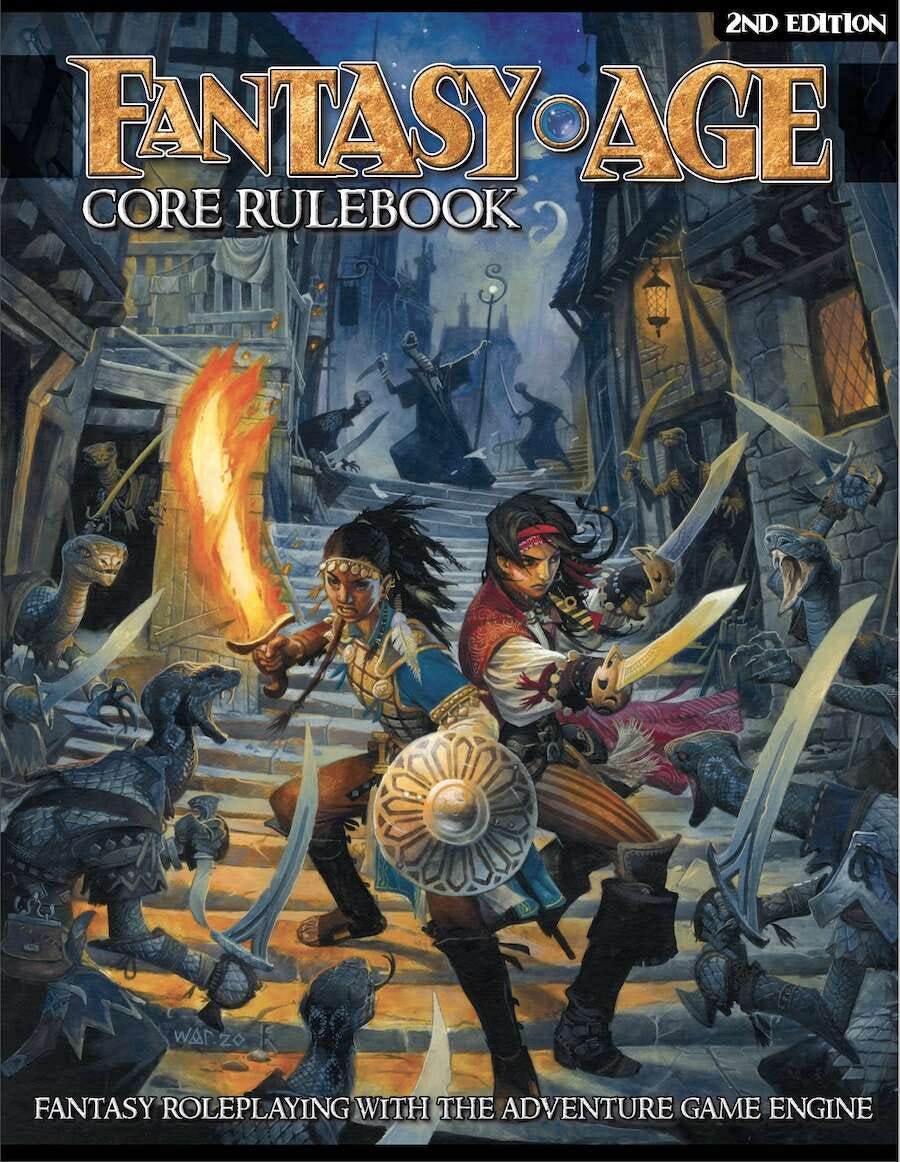




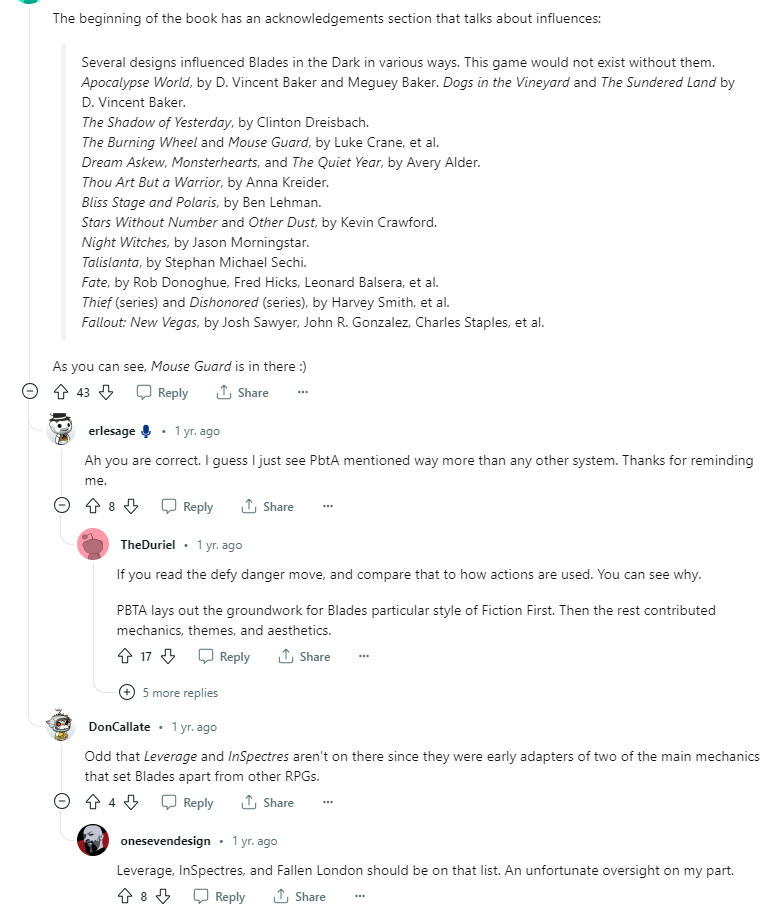

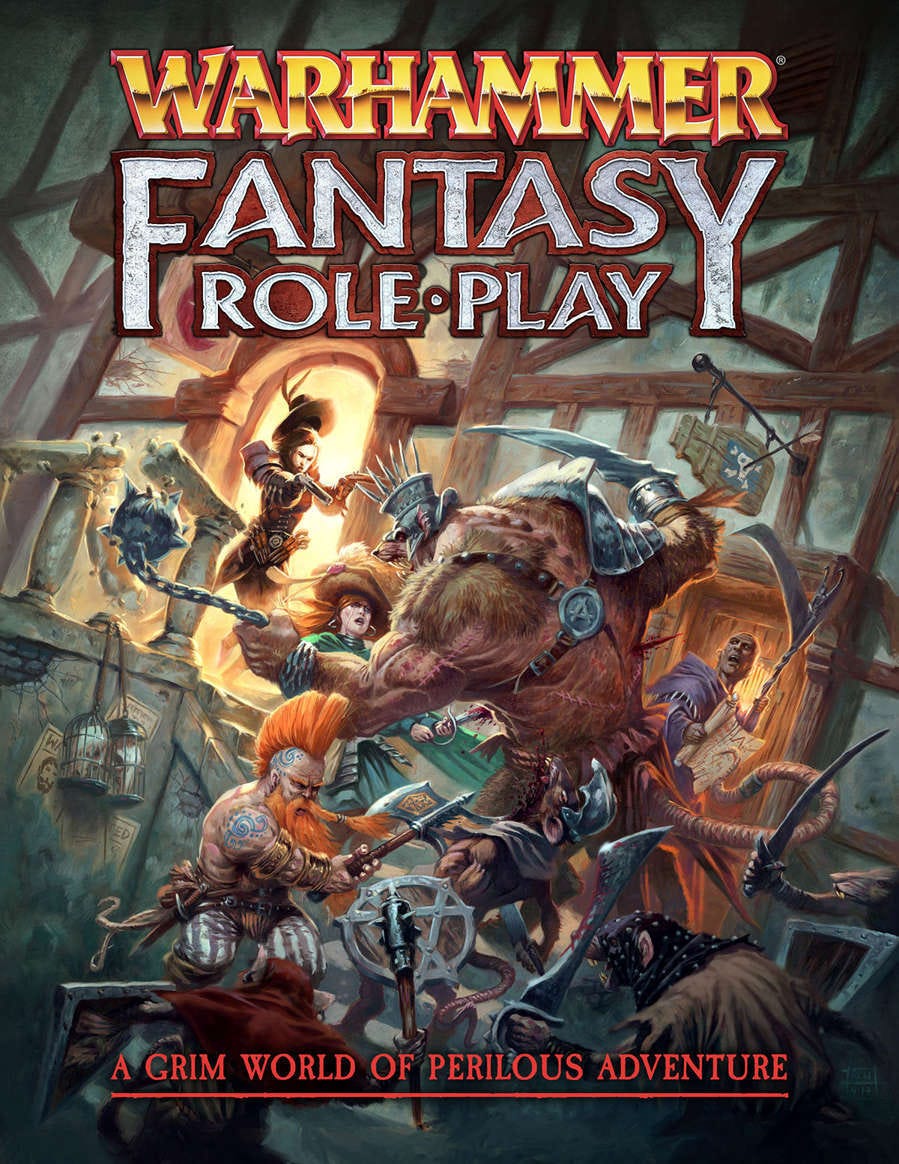

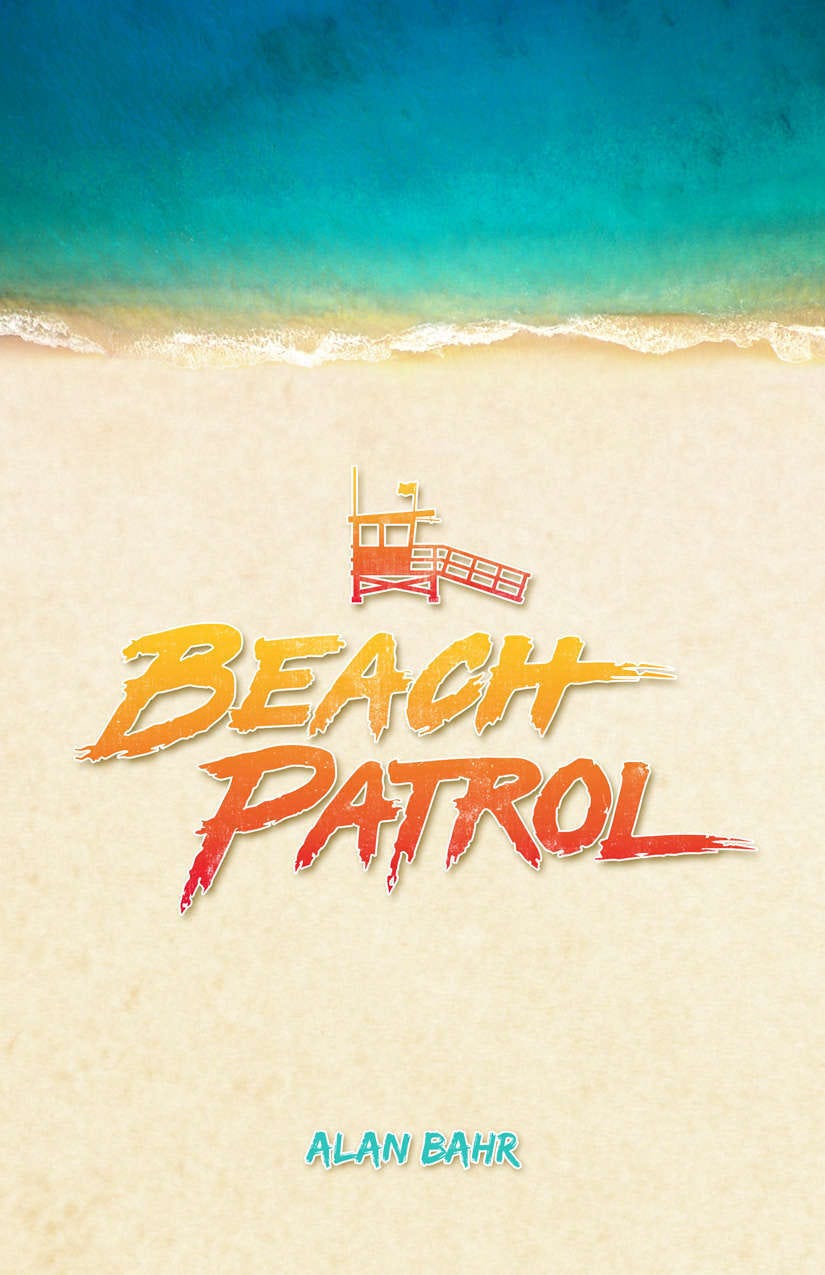


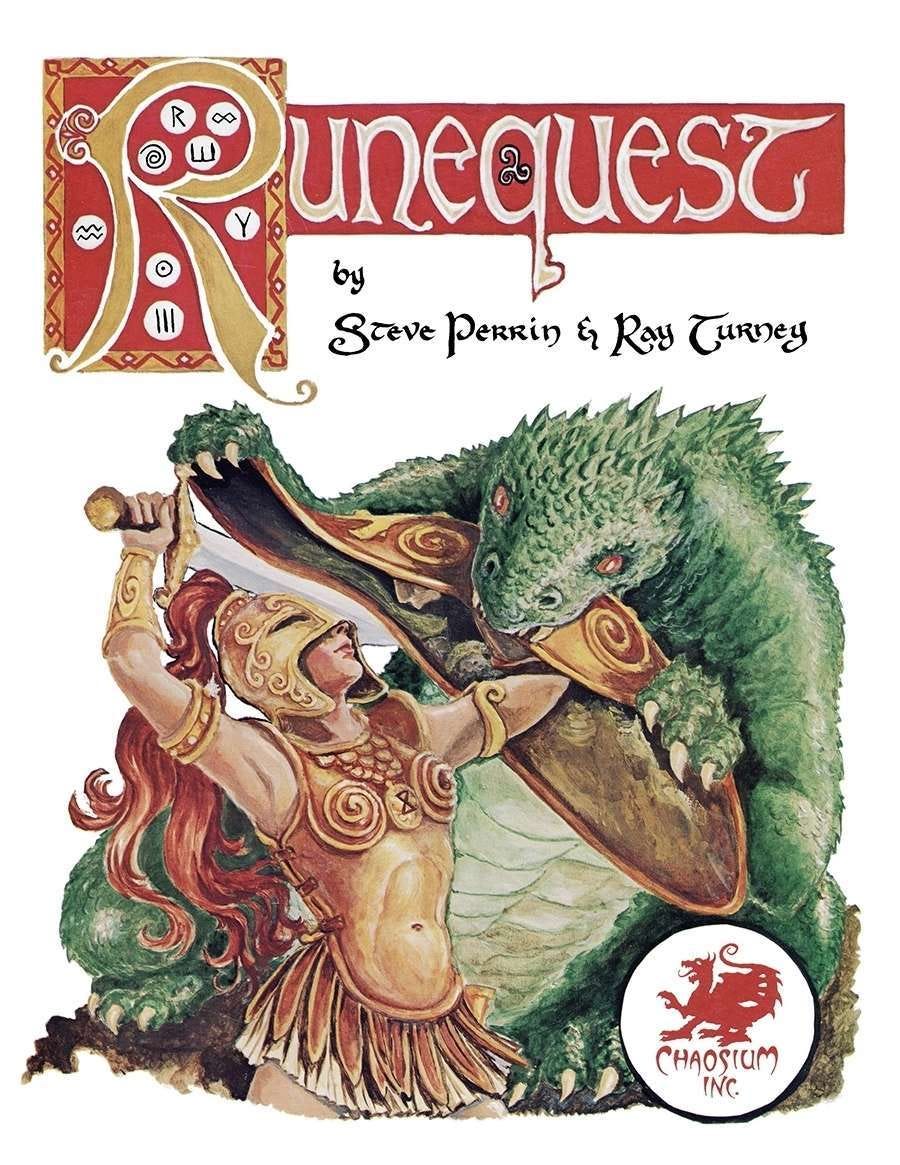
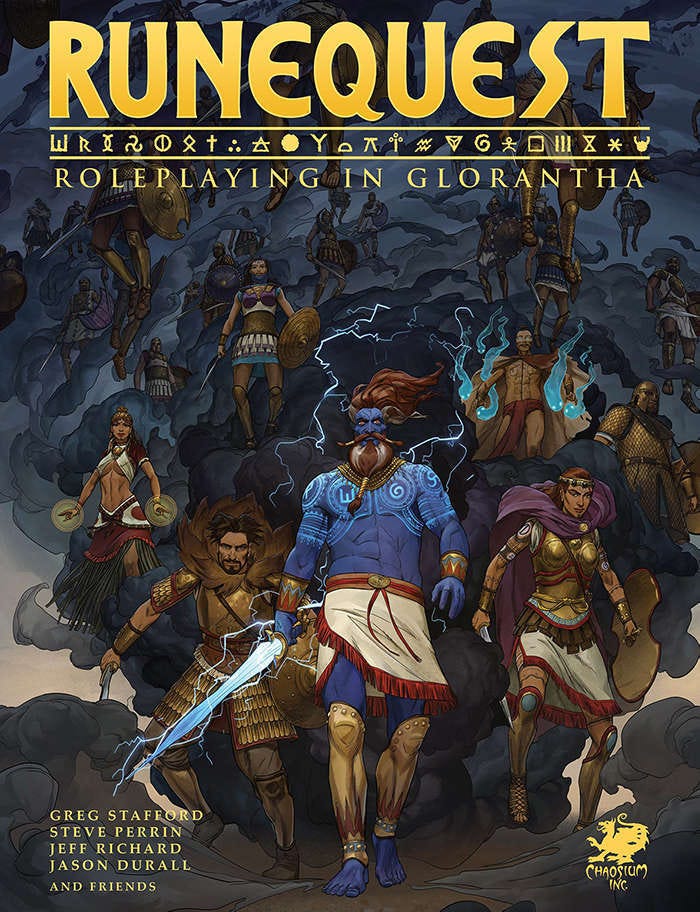
Another great list of recommendations! The more I learn about the history of RPGs, the more I realize just how little I know. I haven’t played any of these! (Though I have played CoC, which I understand is similar to Runequest mechanically)